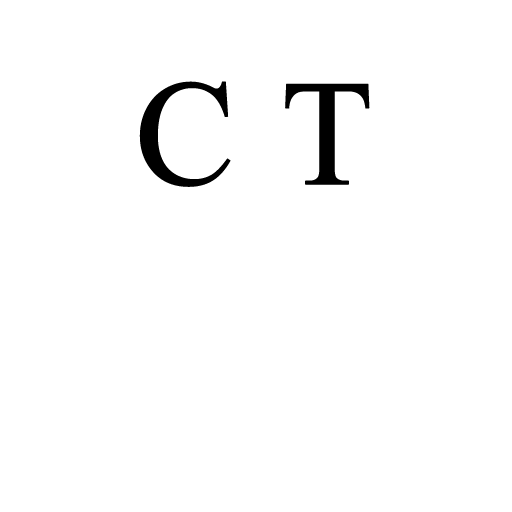The Observer gives us a listing of five megafauna that are, sadly, no longer with us. Well, actually, with Megalodon we’re probably rather happy they’re not. Sharks four times the size of Great Whites would make surfing a more than unusually exciting pastime.
The interesting thing about their list is that of the five it’s us humans that ate the four non-Megalodons into extinction. So much for that idea of the naive human hunter gatherer living in harmony with nature, eh?
[perfectpullquote align=”full” bordertop=”false” cite=”” link=”” color=”” class=”” size=””]Pachystruthio dmanisensis[/perfectpullquote]We had a look at this one here:
[perfectpullquote align=”full” bordertop=”false” cite=”” link=”” color=”” class=”” size=””] Another marker to put down about the extinction of the varied megafuana. A lot of which went extinct just as human beings – or varied ancestors of – turned up in the same area. The usual bit being that we eated it. There is, sadly enough, a common misconception about our ancestors. Nature loving, that Rousseauesque fantasy of just drinking the clear water, munching on the acorns that fall unbidden. That humans don’t thrive on acorns matters not a whit to those who share this fantasy of an Elysian past. The truth being that humans – and proto- – were the most vicious beasts out there. That’s why we survived to thrive. It’s not just modern day humans who would scale down a cliff to throttle babbie seabirds for the pot after all. So too with the bargain bucket meal on legs just found. [/perfectpullquote]As the Observer tells us:
[perfectpullquote align=”full” bordertop=”false” cite=”” link=”” color=”” class=”” size=””]The exact reason for Pachystruthio’s extinction is unknown, though it may have been due to some of the deadliest predators of the last ice age.[/perfectpullquote]That’s us of course. And then there’s:
[perfectpullquote align=”full” bordertop=”false” cite=”” link=”” color=”” class=”” size=””]Glyptodon[/perfectpullquote]Which wasn’t so much tasty as:
[perfectpullquote align=”full” bordertop=”false” cite=”” link=”” color=”” class=”” size=””]Evidence suggests they were driven to extinction by a combination of climate change and hunting, as humans used their shells for shelters.[/perfectpullquote]And the:
[perfectpullquote align=”full” bordertop=”false” cite=”” link=”” color=”” class=”” size=””]Short-faced bear[/perfectpullquote]Which:
[perfectpullquote align=”full” bordertop=”false” cite=”” link=”” color=”” class=”” size=””]Competition from other species, including humans, is thought to have played a part in its disappearance.[/perfectpullquote]And the:
[perfectpullquote align=”full” bordertop=”false” cite=”” link=”” color=”” class=”” size=””]Mammoth[/perfectpullquote] [perfectpullquote align=”full” bordertop=”false” cite=”” link=”” color=”” class=”” size=””]The woolly mammoth is the best-known of the species, and evidence suggests that small populations survived in North America until approximately 10,500 to 7,600 years ago. They could grow up to 4 metres in height and weigh 6,000kg. Extensive hunting by humans and a lack of genetic diversity pushed this relative of the elephant to extinction.[/perfectpullquote]You see the link here? Ancient humans didn’t in fact live at one with nature. They viewed it as lunch on the hoof. So much for that harmony with Gaia shtick then.




Our links with ancient humans will be remade soon – when we are back discovering fire as we have long outages on electricity and people find their central heating boilers don’t work.
Hmm…total world human population at this time is estimated at around 4m – and that didn’t change very much until the first civilisations took off around 2000BC. Even then, we are talking about 200m by the year 0.
There were VERY FEW humans throughout the period when these animals went extinct. I would venture that few mammoths, for instance, ever saw a human. Environmentalists are so fond of misunderstanding time lines…
Why would they chase the great big buggers when there were, were bound to be, smaller things? Most hunting animals get their victims from species smaller than they are. This is not to say you wouldn’t eat a mammoth if the opportunity presented, but that there were easier kills.
The main place where the megafauna survive is Africa. I’d argue that this is because humans and megafauna co-evolved there, so the megafauna had time to adapt. You’ll have noticed that today even diseases find it hard to adapt to human technological change. As for the non-African parts of the world, I’d imagine it was something like here in Oz, where the aboriginals would hunt by starting bush fires. Of course this would result in a wholesale massacre of those animals which couldn’t adapt to much more frequent fires. But at least the hunters’d get a full stomach. I know… Read more »
It’s a lot easier to kill a rabbit than a mammoth, but first you have to catch the little bugger. You need a tribe to kill a mammoth, but it will feed the tribe for a week.
Mammoth remains have been found with spear tips in their bones – often their vertebrae. So, they did hunt the critters. Primitive men using spears or arrows regularly hunted animals bigger than they were – buffalo, many deer species, even whales.